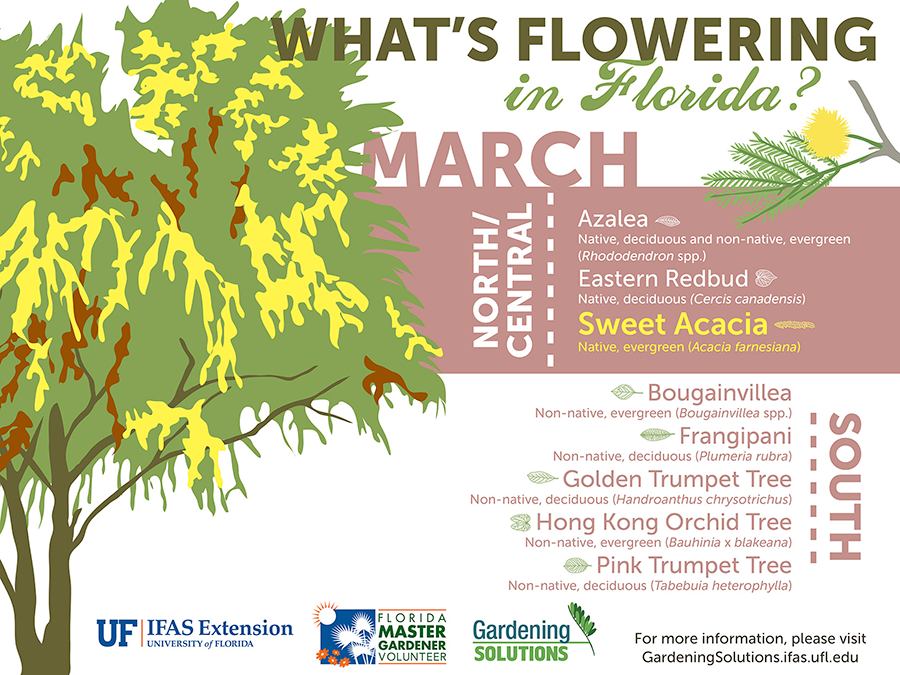Tree Pruning Mastery: Fundamental Strategies For A Vibrant Landscape
Tree Pruning Mastery: Fundamental Strategies For A Vibrant Landscape
Blog Article
Material Written By-
When it involves producing a landscape that prospers, mastering the art of tree trimming is a must. Visualize having the ability to sculpt your trees with accuracy, ensuring their vigor and elegance for many years ahead. By finding out the vital strategies for proper cuts, timing, and structural training, you hold the trick to a successful outdoor area that will excite all that encounter it. However exactly how do these trimming techniques absolutely influence the health of your trees and the overall landscape visual?
Appropriate Pruning Cuts for Tree Wellness
When it involves preserving the health of your trees, making appropriate trimming cuts is crucial. Incorrect cuts can lead to illness, insect infestation, and general tree decrease. To make sure the vitality of your trees, always start by using sharp, tidy tools to make precise cuts.
Begin by identifying the branch collar, a puffy area where the branch connects to the trunk. Reducing simply outside the collar aids promote proper recovery and decreases the danger of infection. Avoid leaving stubs as they can invite pests and conditions into the tree.
Remember to make cuts at a slight angle, sloping far from the trunk, to avoid water from pooling on the wound. In addition, eliminate any kind of dead, harmed, or going across branches to improve air blood circulation and sunlight infiltration.
Timing and Frequency of Pruning
To keep the wellness and framework of your trees, understanding the ideal timing and frequency of trimming is critical.
The best time to trim trees is usually during the inactive season in late winter months or very early springtime. Pruning throughout this period aids advertise new development once the tree begins budding in the spring.
Nonetheless, some trees, like spring-flowering ones, are best trimmed right after they finish growing to stay clear of cutting off next year's flower buds.
Routine trimming is necessary, yet the frequency depends upon the tree species and its development rate. For most trees, a yearly evaluation to get rid of dead, diseased, or going across branches is suggested. Young trees may call for even more regular trimming to develop a solid structure, while mature trees may just require maintenance pruning every couple of years.
property growth trimming throughout the loss when diseases are more easily spread, and avoid heavy pruning during the summer season when the tree is actively expanding.
Training Young Trees for Framework
For establishing strong and healthy and balanced trees, training young trees for ideal framework is necessary. By shaping a tree when it's young, you set the foundation for a sturdy and visually attractive mature tree.
Begin by identifying the main leader, which is the primary upward-growing branch. Urge the main leader's growth by trimming away contending leaders, assisting the tree develop a strong central trunk. In learn this here now , get rid of any branches that grow inward or downward, as they can cause architectural problems as the tree grows.
It is very important to room out lateral branches evenly around the trunk to advertise well balanced development. As the tree grows, remain to check its growth and prune as required to keep its form and framework.
Effectively educated young trees are less likely to create weak crotches or chock-full branches, decreasing the danger of damages during storms. Spending time in training young trees will certainly settle with a perfectly structured and resistant tree in the future.
Conclusion
Now that you have grasped the important strategies of tree trimming, your landscape gets on its method to thriving. By utilizing https://ericktnhcv.luwebs.com/30870377/find-out-reliable-strategies-for-maintaining-a-vivid-environment-adhering-to-the-removal-of-trees , making precise cuts, and correctly timing your pruning sessions, you are ensuring the health and durability of your trees. Keep in mind to on a regular basis examine and maintain your trees to keep them prospering. With your newly found knowledge, your landscape will continue to grow wonderfully for several years to come. Keep up the great work!
